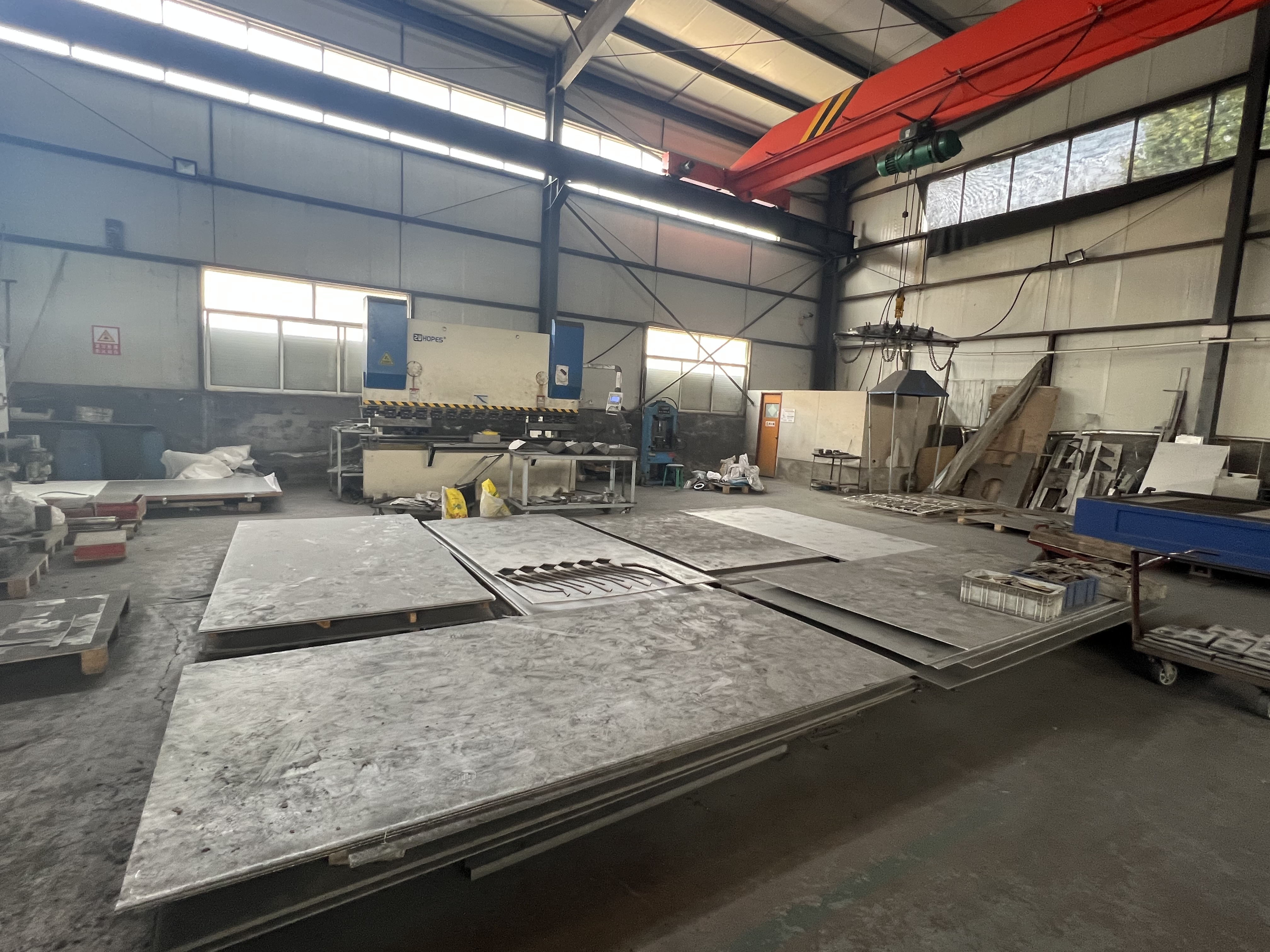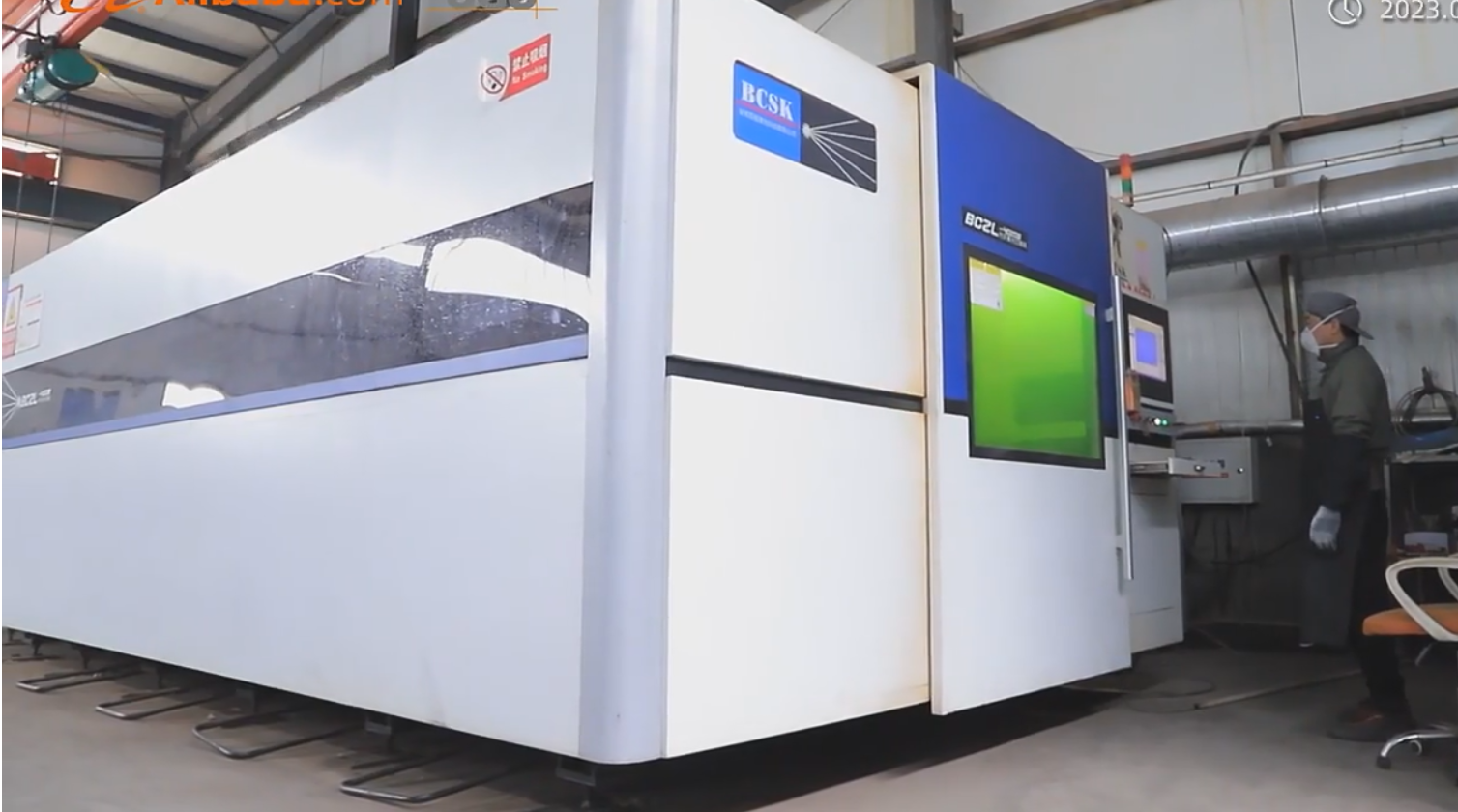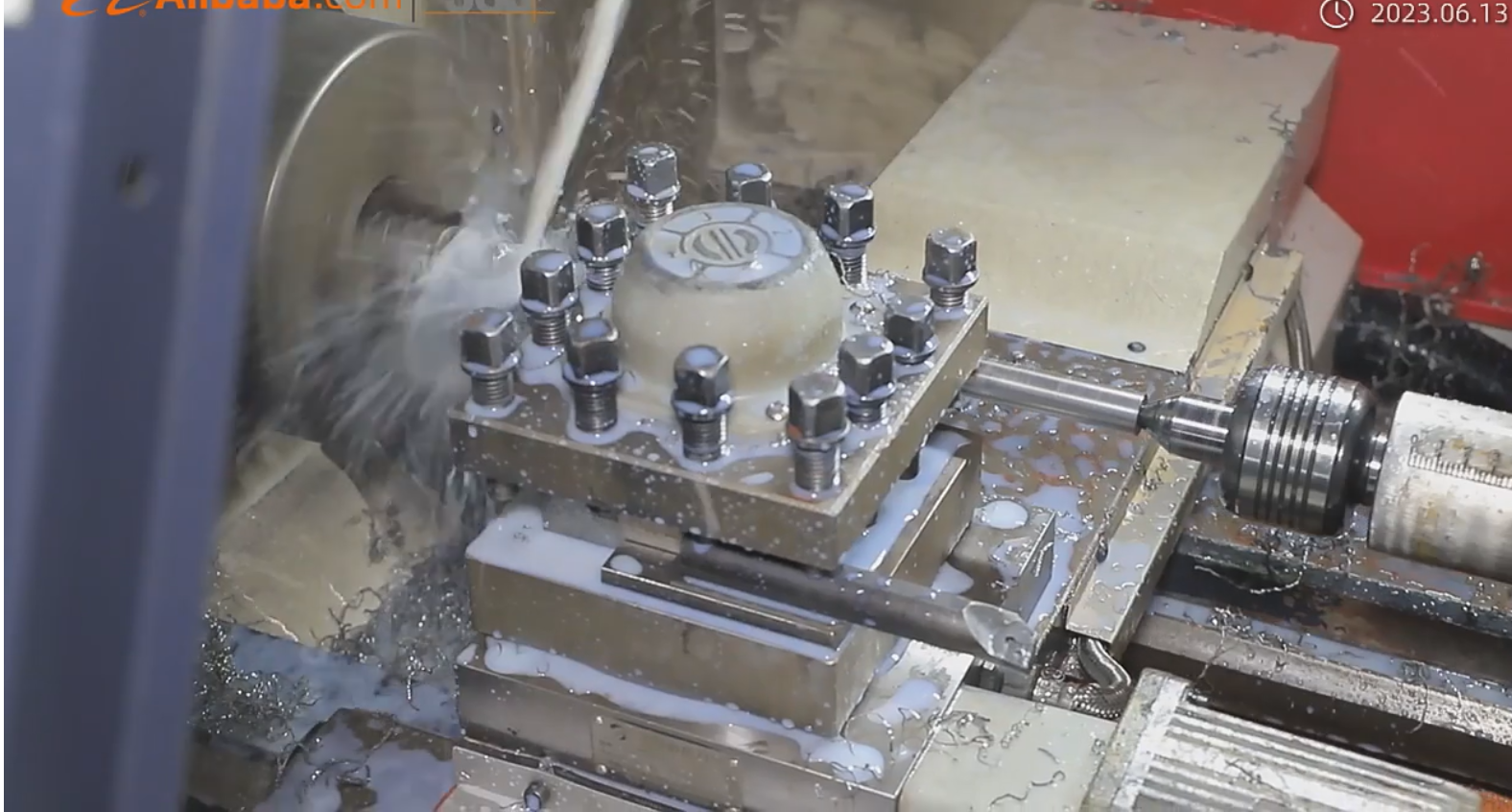Precision Machining & CNC
Precision machining is the process of cutting metal parts to make them fit the end user’s applications and functions. Much of modern machining process are carried out by Computer Numerical Control, CNC, in which computers are used to control the movement and operation of the mills, lathes, and other cutting machines. This method of precision manufacturing, also called CNC machining, plays an vital important role in modern manufacturing industriy, especially for some machining parts of high accuracy.
For some of the applications, just castings or forgings without machining could reach the desired tolerances andsurface requirements. However, for most situation, the machining are needed to match the customer's uniquespecifications and to make sure that the finished metal parts could work properly with other parts. ven for theinvestment casting.parts, which have much better surface and tolerance grade than other metal forming process, stillneed additional machining process.

To ensure the high quality and precision of the finished machining,parts, the computer programs are critical. TheComputer Aided Design, which is called CAD for short, and Computer Aided Manufacturing, called CAM, are both usedas programs to provide detailed instructions about each step of the precision machining process, Programs like SolidWorks, ProE and UG create extremely detailed 3D models.
Thanks to the advanced CNC machines and 4 axis machining centers of both horizontal and vertical types, RMCspecializes in manufacturing OElM custom machining parts with machining center, CNc machines and other specialtools as per customer's drawings with requirements of strict tolerance and surface roughness. The castings of ferrousand non-ferrous metals are machined at our machining, factory, which can help us have a great advantage in controlling the costs and quality.

What Machining Processes We Can Make
The available machining processes at RMC CNC machining factory are Turing, Facing, Boring, Milling, Drilling, Planning, Shaping, Grooving, Face Grinding, Cylindrical Grinding, Honing, Gear Hobbing, Threading, Lapping, Tapping...etc.
Honing
This process uses honing hole diameters ranging from 0.8 mm to 100 mm and has depth up to 280 mm. The linear tolerance is 0.001 mm, roundness of 0.0005 mm, and straightness of 0.0005 mm. The surface finish is Ra 0.05 μm. Horizontal and vertical honing machines are used and include single-spindle, twin-spindle, and six-spindle.

Turning
This is the process of single point cutting of hardened pieces. Our hard turning process can machine parts with hardness over 58 HRC after heat treatment, maximum turning diameter of 26 mm, turning length up to 100 mm, dimensional tolerance of 0.005 mm, and roughness Ra0.2μm.
Grinding of O.D. and I.D.
This process enables us to machine shafts with diameter with 750 mm, length within 1000 mm, roundness of 0.0004 mm, and cylindricity of 0.001 mm. The inner holes range from 3 mm to 100 mm.

Deburring
RMC's deburring capabilities include electrochemical machining, thermal energy method, and abrasive flow machining. These are used for hydraulic, automotive, and aerospace components with crossing holes and complex inner cavity to meet strict deburring requirements.
O.D. Centerless Grinding
This is used for shafts with diameter with 200 mm, length with 400 mm, diameter tolerance of 0.001 mm, cylindricity of up to 0.0005 mm. It is available for both through-feed and infeed.
